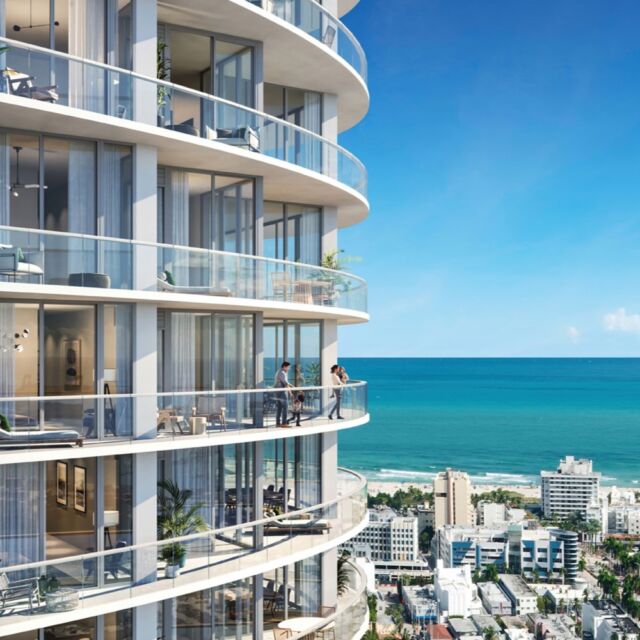George Washington lives on my street. Yes, he died in 1799. But his spirit lives on in his bronze statue standing proud on the steps of Federal Hall where he took the oath of office as the first president of the United States. Day after day he poses as tourists — many Asian — take selfies with him. I must admit I feel a little twinge of patriotic pride every time I see him but I wonder what a photo with George means to someone from Asia?
I have lived on Wall Street for the past few years in one of the stately bank buildings that have been converted to apartments. I am one of the 62,000 residents now living below Chambers Street in lower Manhattan. Though the New York Stock Exchange still dominates the short one-half mile long street, Wall Street has also become a major tourist destination. According to the Downtown Alliance 14.6 million tourists visited the Financial District (FiDi) in 2018. Pedestrian traffic near Federal Hall clocks in at 47,000 daily. Why fight it? My street is a living history book. The founding fathers were very busy here: laying the groundwork for a new country, giving King George the what for, protesting “taxation without representation”, banking, writing laws.
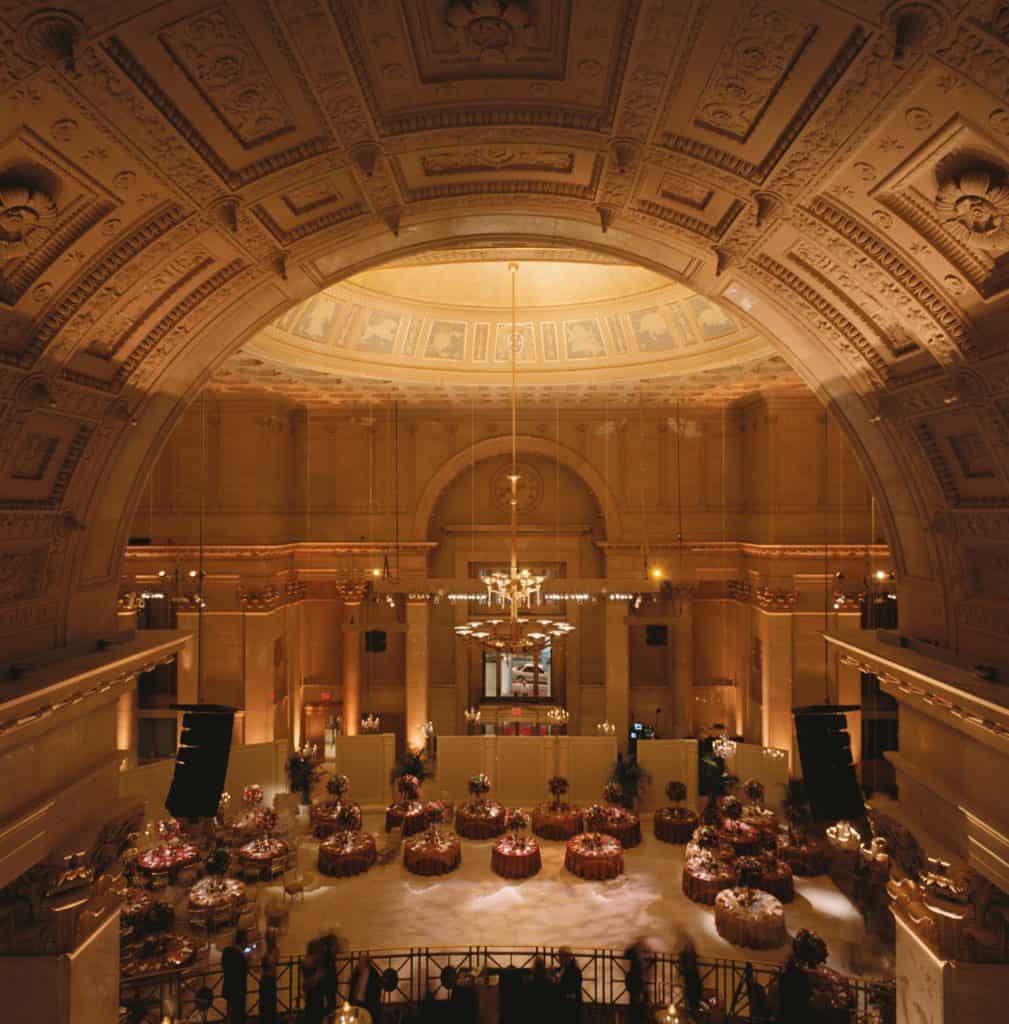
The Downtown Alliance has installed 24 Heritage Trail Markers in front of the significant buildings explaining why each is historically important. These early skyscrapers housed this bank or that bank until the bank moved down the street into another building or the Customs House until it moved. Almost every one of them was the tallest building for a short time until another building claimed the title or the Chrysler Building overtook them all. At 40 Wall stood The Bank of New York — the oldest bank in the city founded in 1784 by Alexander Hamilton, the first Secretary of the Treasury.
The best place to start a tour is at the top of the street at Trinity Church. Washington himself worshipped there as did other notables such as John Jay and Alexander Hamilton who is buried in the church graveyard. An elegant white marble pyramid-shaped tombstone marks Hamilton’s grave which has seen a marked increase in visitors since the musical became the hottest ticket in town.
At the corner of Wall and Broad — the so called financial crossroads of the world — stands the New York Stock Exchange, actually facing Broad Street and the House of Morgan straddling Wall and Broad. So wealthy and powerful was J.P. Morgan the building was only four stories tall —he didn’t need a showy skyscraper to herald his status.
In 1920, an early terrorist attack occurred here, presumably aimed at the House of Morgan.
During a busy lunch time, a wagon pulled up in front of the building. The driver got out and disappeared into the crowd. Minutes later a bomb exploded killing 38 people and injuring another 400. Pock marks are still visible today where shrapnel hit the Morgan building. The attack is usually blamed on a small group of Italian anarchists.
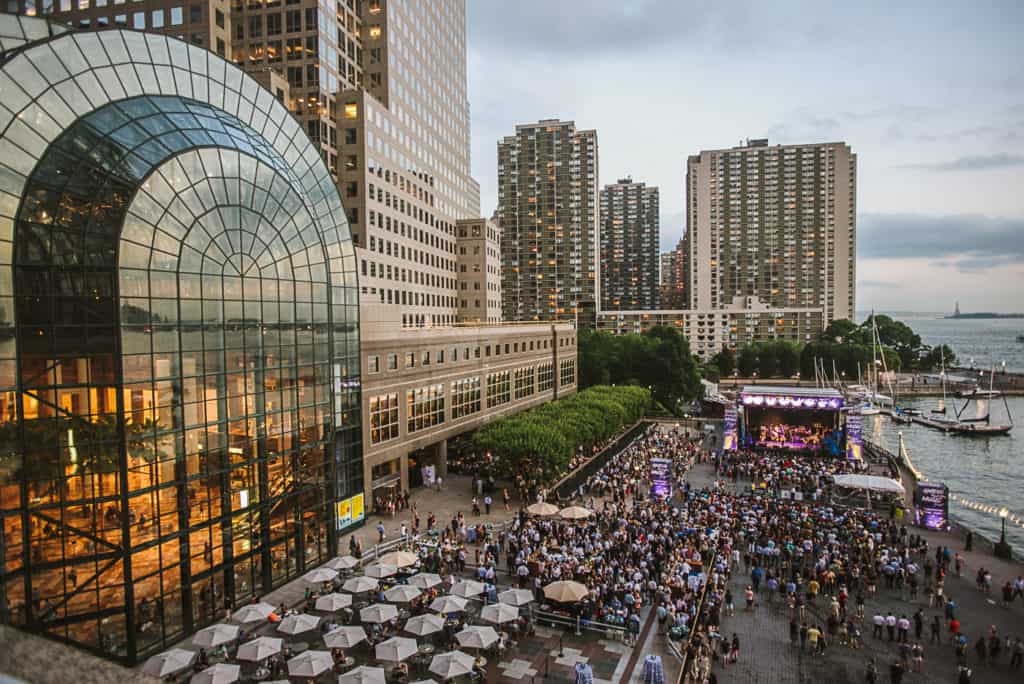
Across the street stands Federal Hall, often called the birthplace of American democracy. Standing on the spot where it all started sends a bit of a shiver up your spine. In spite of all the turmoil that’s going on, it seems the foundation is holding. Here on April 30, 1789 George Washington took his oath of office. The building has had more lives than a cat’s famous nine. Twice it was the city hall of New York. The Stamp Act Congress and the first Congress met there. The Bill of Rights was ratified there as was the Judiciary Act of 1789 establishing the federal court system. The current building, resembling the Greek Parthenon, was built for the U.S. Customs House. After Customs moved down the street to 55 Wall in 1862, the building served as one of six United States sub treasury stations, protecting millions of dollars’ worth of gold and silver in its basement vaults.
Federal Hall was designated a national memorial in 1939 and is operated by the National Park Service. Admission is free. Exhibits include Washington’s inauguration gallery and the Bible he used to take his oath of office.
Landmarked 55 Wall, with its impressive façade of Ionic columns topped by another row of Corinthian columns, housed banks, the Merchants Exchange, the Customs House, and briefly a hotel. It was converted to condominiums, a restaurant and event space by Cipriani Wall Street. The main banking hall with its 70-foot ceiling and its Wedgwood dome, is now one of the most elegant ballrooms in the world hosting so many glittering black-tie functions the limos cause an almost nightly traffic jam.
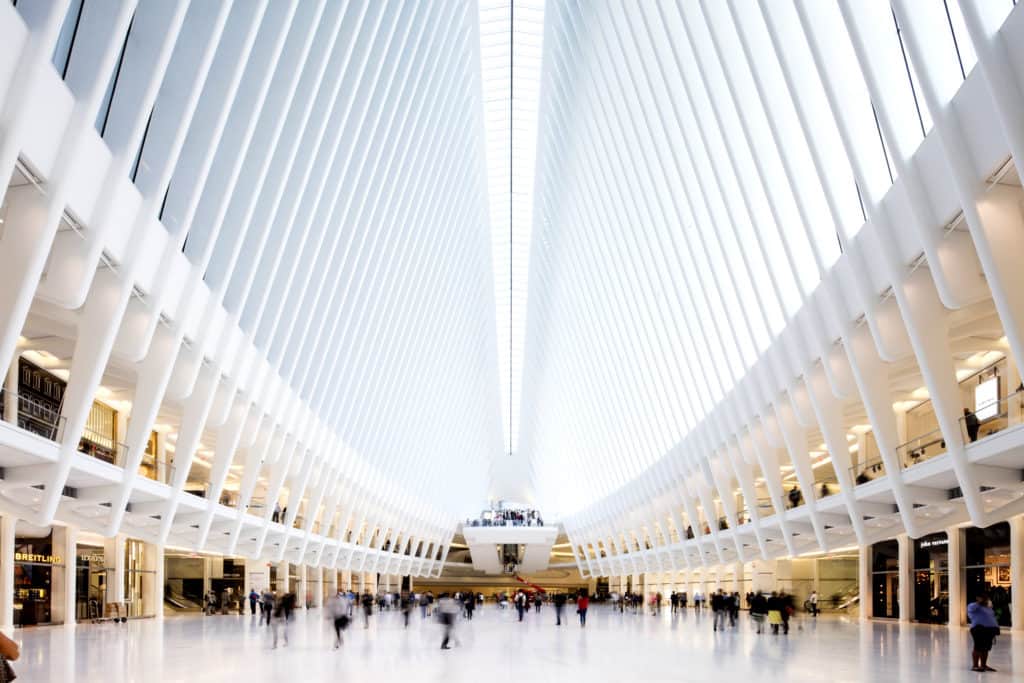
The street even has its own hotel, the Andaz Wall Street.
A variety of feeding options from food carts to pizza parlors to the millennial salad darling Sweet Greens to David Chang’s fried chicken sandwich joint, to pricey fine dining at Cipriani are available in these few short blocks. Two Starbucks keep the crowd caffeinated.
At the end of the street, the view opens up to the East River. At Pier 11, a fleet of ferries await to take you off to Brooklyn or uptown.
Or if you haven’t had quite enough of George Washington, you can walk a couple of blocks to Fraunces Tavern operating since 1762 at 54 Pearl Street. In 1783, Washington bade farewell to the officers of his Continental Army at a dinner there.
If Washington and Hamilton were alive today, what they would make of it all? Would they take selfies? Would they text each other? Would they work on laptops? Would they drink lattes and eat kale salads?
Beverly Stephen, former executive editor of Food Arts, is now
co-owner of Flavor Forays, a culinary travel company














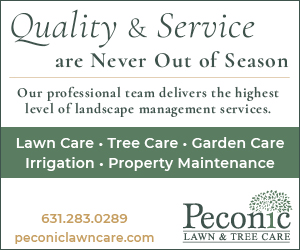



![At @inspirseniorliving, they’re transforming senior living and elevating every dimension of life. With a philosophy that embraces enhanced wellness and immersive experiences, their communities offer residents a lifestyle that meets and exceeds everything they’ve envisioned for their lives; including Assisted Living, Memory Care, or Enhanced Care. [link in bio]](https://hamptonsrealestateshowcase.com/wp-content/uploads/sb-instagram-feed-images/452692090_1818077558601184_7837181803899896025_nfull.jpg)
![A winding private drive leads the way to 198 Two Holes of Water Road, situated on 10± acres with plenty of seclusion, privacy, and an all weather tennis court. After undergoing a top-to-bottom renovation in 2019, the estate has been marked by dramatic sculptural touches, wide expanses of scenic space, and is ready for immediate occupancy. Represented by @tomcavallo of @douglaselliman. [link in bio]](https://hamptonsrealestateshowcase.com/wp-content/uploads/sb-instagram-feed-images/452714375_18452144299030135_7245639606158274147_nfull.jpg)


![When Brooke Abrams undertook the interior decoration of an ultra-modern beach house designed by Bates Masi + Architects, her clients wanted everything to look very "rich and luxurious." In addition to unifying the interior space with the exterior space, Abrams sought to bring a sense of cohesiveness to the house. “It had a lot of beautiful pale woodwork in creams and beiges and greys,” she recalls. “Rather than introduce new colors, I felt it was important to stay within that neutral palate so that everything felt integrated.” [link in bio]](https://hamptonsrealestateshowcase.com/wp-content/uploads/sb-instagram-feed-images/452279191_374759435318292_2948881216648686178_nfull.jpg)
